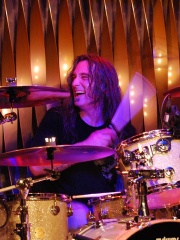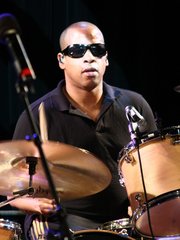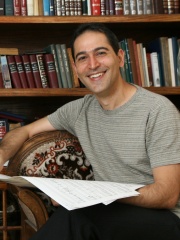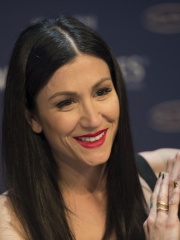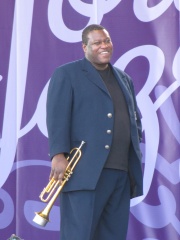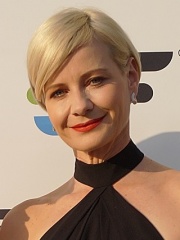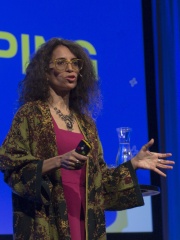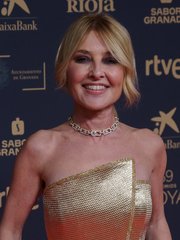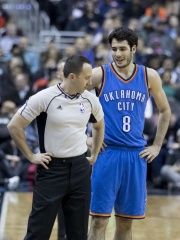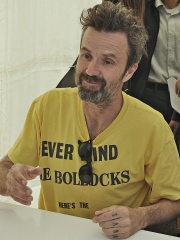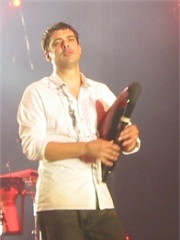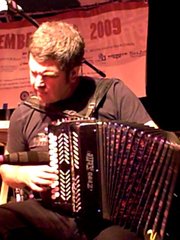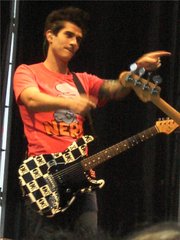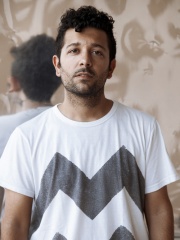MUSICIAN
Carlos Núñez Muñoz
1971 - Today

 Carlos Núñez Muñoz
Carlos Núñez Muñoz
Carlos Núñez Muñoz (born 1971) is a Spanish musician and multi-instrumentalist who plays the gaita, the traditional Galician bagpipe, Galician flute, ocarina, Irish flute, whistle and low whistle. Read more on Wikipedia
His biography is available in 15 different languages on Wikipedia. Carlos Núñez Muñoz is the 2,810th most popular musician (down from 2,468th in 2024), the 2,501st most popular biography from Spain (down from 2,213th in 2019) and the 30th most popular Spanish Musician.
Memorability Metrics
Page views of Carlos Núñez Muñoz by language
Among MUSICIANS
Among musicians, Carlos Núñez Muñoz ranks 2,810 out of 3,175. Before him are Dave Abbruzzese, Rocky Gray, John Tempesta, Sterling Campbell, Alok, and Harald Nævdal. After him are Yitzhak Yedid, Ana Rucner, Latto, Leszek Możdżer, Wallace Roney, and Alessandro Venturella.
Most Popular Musicians in Wikipedia
Go to all RankingsDave Abbruzzese
1968 - Present
HPI: 45.46
Rank: 2,804
Rocky Gray
1974 - Present
HPI: 45.44
Rank: 2,805
John Tempesta
1964 - Present
HPI: 45.42
Rank: 2,806
Sterling Campbell
1964 - Present
HPI: 45.42
Rank: 2,807
Alok
1991 - Present
HPI: 45.40
Rank: 2,808
Harald Nævdal
1970 - Present
HPI: 45.37
Rank: 2,809
Carlos Núñez Muñoz
1971 - Present
HPI: 45.37
Rank: 2,810
Yitzhak Yedid
1971 - Present
HPI: 45.37
Rank: 2,811
Ana Rucner
1983 - Present
HPI: 45.35
Rank: 2,812
Latto
1998 - Present
HPI: 45.35
Rank: 2,813
Leszek Możdżer
1971 - Present
HPI: 45.34
Rank: 2,814
Wallace Roney
1960 - 2020
HPI: 45.34
Rank: 2,815
Alessandro Venturella
1984 - Present
HPI: 45.29
Rank: 2,816
Contemporaries
Among people born in 1971, Carlos Núñez Muñoz ranks 770. Before him are Nobutaka Tanaka, Pia Olsen Dyhr, Kim Il, Małgorzata Kożuchowska, Dima Khatib, and Nico Mattan. After him are Yitzhak Yedid, Ådne Søndrål, Leszek Możdżer, Christophe Moreau, Marek Koźmiński, and Friderika Bayer.
Others Born in 1971
Go to all RankingsNobutaka Tanaka
SOCCER PLAYER
1971 - Present
HPI: 45.43
Rank: 764
Pia Olsen Dyhr
POLITICIAN
1971 - Present
HPI: 45.43
Rank: 765
Kim Il
WRESTLER
1971 - Present
HPI: 45.41
Rank: 766
Małgorzata Kożuchowska
ACTOR
1971 - Present
HPI: 45.40
Rank: 767
Dima Khatib
WRITER
1971 - Present
HPI: 45.40
Rank: 768
Nico Mattan
CYCLIST
1971 - Present
HPI: 45.37
Rank: 769
Carlos Núñez Muñoz
MUSICIAN
1971 - Present
HPI: 45.37
Rank: 770
Yitzhak Yedid
MUSICIAN
1971 - Present
HPI: 45.37
Rank: 771
Ådne Søndrål
SKATER
1971 - Present
HPI: 45.36
Rank: 772
Leszek Możdżer
MUSICIAN
1971 - Present
HPI: 45.34
Rank: 773
Christophe Moreau
CYCLIST
1971 - Present
HPI: 45.34
Rank: 774
Marek Koźmiński
SOCCER PLAYER
1971 - Present
HPI: 45.34
Rank: 775
Friderika Bayer
SINGER
1971 - Present
HPI: 45.31
Rank: 776
In Spain
Among people born in Spain, Carlos Núñez Muñoz ranks 2,501 out of 3,355. Before him are Javier Calleja (1978), Gabriel Vidal (1969), Víctor Ruiz (1989), David Mateos (1987), Rodri (1984), and José Murcia (1964). After him are Bryan Gil (2001), Belinda Peregrín (1989), Cayetana Guillén Cuervo (1969), Carlos Gurpegui (1980), Gisela (1979), and Álex Abrines (1993).
Others born in Spain
Go to all RankingsJavier Calleja
SOCCER PLAYER
1978 - Present
HPI: 45.45
Rank: 2,495
Gabriel Vidal
SOCCER PLAYER
1969 - Present
HPI: 45.45
Rank: 2,496
Víctor Ruiz
SOCCER PLAYER
1989 - Present
HPI: 45.44
Rank: 2,497
David Mateos
SOCCER PLAYER
1987 - Present
HPI: 45.44
Rank: 2,498
Rodri
SOCCER PLAYER
1984 - Present
HPI: 45.43
Rank: 2,499
José Murcia
SOCCER PLAYER
1964 - Present
HPI: 45.39
Rank: 2,500
Carlos Núñez Muñoz
MUSICIAN
1971 - Present
HPI: 45.37
Rank: 2,501
Bryan Gil
SOCCER PLAYER
2001 - Present
HPI: 45.37
Rank: 2,502
Belinda Peregrín
ACTOR
1989 - Present
HPI: 45.37
Rank: 2,503
Cayetana Guillén Cuervo
ACTOR
1969 - Present
HPI: 45.36
Rank: 2,504
Carlos Gurpegui
SOCCER PLAYER
1980 - Present
HPI: 45.36
Rank: 2,505
Gisela
SINGER
1979 - Present
HPI: 45.34
Rank: 2,506
Álex Abrines
BASKETBALL PLAYER
1993 - Present
HPI: 45.34
Rank: 2,507
Among MUSICIANS In Spain
Among musicians born in Spain, Carlos Núñez Muñoz ranks 30. Before him are Mikel Herzog (1960), Pau Donés (1966), Hevia (1967), DJ Sammy (1969), Pablo Alborán (1989), and Kepa Junkera (1965). After him are Ailyn (1982), Álvaro Benito (1976), Sak Noel (1983), Ismael Serrano (1974), and Ana Guerra (1994).
Mikel Herzog
1960 - Present
HPI: 51.14
Rank: 24
Pau Donés
1966 - 2020
HPI: 50.89
Rank: 25
Hevia
1967 - Present
HPI: 50.79
Rank: 26
DJ Sammy
1969 - Present
HPI: 48.63
Rank: 27
Pablo Alborán
1989 - Present
HPI: 45.82
Rank: 28
Kepa Junkera
1965 - Present
HPI: 45.56
Rank: 29
Carlos Núñez Muñoz
1971 - Present
HPI: 45.37
Rank: 30
Ailyn
1982 - Present
HPI: 43.98
Rank: 31
Álvaro Benito
1976 - Present
HPI: 43.90
Rank: 32
Sak Noel
1983 - Present
HPI: 41.00
Rank: 33
Ismael Serrano
1974 - Present
HPI: 40.12
Rank: 34
Ana Guerra
1994 - Present
HPI: 39.68
Rank: 35
